Contents
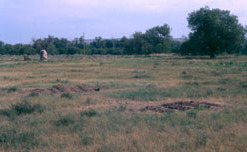
The following is a list of forts in South Dakota.

The following is a list of forts in South Dakota.



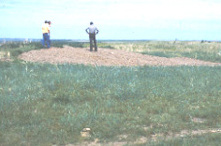
Fort Thompson is a census-designated place (CDP) in Buffalo County, South Dakota, United States. The population was 1,282 at the 2010 census, making it the largest settlement on the Crow Creek Reservation.

The Sioux Wars were a series of conflicts between the United States and various subgroups of the Sioux people which occurred in the later half of the 19th century. The earliest conflict came in 1854 when a fight broke out at Fort Laramie in Wyoming, when Sioux warriors killed 31 American soldiers in the Grattan Massacre, and the final came in 1890 during the Ghost Dance War.

The Payette River is an 82.7-mile-long (133.1 km) river in southwestern Idaho and is a major tributary of the Snake River.
A carpenter is a person who engages in carpentry, the craft of woodworking.

The following is an alphabetical list of articles related to the U.S. State of Nebraska.
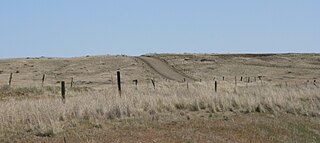
Mullan Road was the first wagon road to cross the Rocky Mountains to the Inland of the Pacific Northwest. It was built by U.S. Army troops under the command of Lt. John Mullan, between the spring of 1859 and summer 1860. It led from Fort Benton, which at the time was in the Dakota Territory, then Idaho Territory from July 1863, and Montana Territory beginning in May 1864, and the navigational head of the Missouri River. The road connected to Fort Walla Walla, Washington Territory, near the Columbia River. The road previewed the route approximately followed of modern-day Interstate 15 and Interstate 90 through present-day Montana, Idaho, and Washington.
The following is a set–index article, providing a list of lists, for the cities, towns and villages within the jurisdictional United States. It is divided, alphabetically, according to the state, territory, or district name in which they are located.
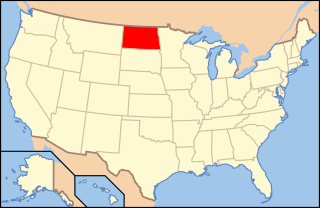
The following is an alphabetical list of articles related to the U.S. state of North Dakota.
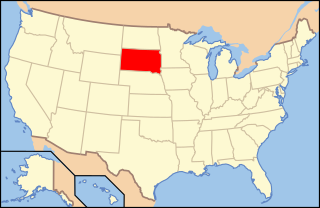
The following is an alphabetical list of articles related to the U.S. state of South Dakota.
Davis may refer to:

The following outline is provided as an overview of and topical guide to South Dakota:
Brownsville, also known as Avalon, Esther's Place, and Anderson's Place, is an unincorporated community in Lawrence County, South Dakota, United States. The town was originally a lumber camp, and it was named for contractor David Brown. It is the nearest community to John Hill Ranch-Keltomaki, which is listed on the U.S. National Register of Historic Places.
Watson Parker was an American historian, author and academic. Parker, a professor of history at the University of Wisconsin–Oshkosh, specialized in the history of the Black Hills of South Dakota and eastern Wyoming. He was inducted into the South Dakota Hall of Fame in 2011 for his work.
Greenwood, also known as Laflin,, is a ghost town in Lawrence County, South Dakota, United States. According to the book “Deadwood Saints and Sinners” by Jerry L. Bryant and Barbara Fifer, Robert Flormann died of pneumonia in Nome, Alaska, on July 4, 1900 and is buried in Seattle, page 168.
Autobees, Colorado, also called Autobees Plaza, is an extinct town in Colorado. It was the county seat of Huerfano County, Colorado from 1861 to 1868. At that time, the county seat moved to Badito, which was on a main trail along the foothills. When Autobees was the county seat, Huerfano County was almost the entire southeastern portion of the state. Now, the site of the former settlement is within Pueblo County, Colorado.

Fort Sedgwick, also known as Post at Julesburg, Camp Rankin, and Fort Rankin was a U.S. military post from 1864 to 1871, which was located in Sedgwick in Sedgwick County, Colorado. There is a historical marker for the former post. The town was named for Fort Sedgwick, which was named after John Sedgwick, who was a major general in the Union Army during the American Civil War.